From the time of dinosaurs
200 million years ago, turtles shared the planet with the earliest dinosaurs. Today, there are 300 species of turtle in our oceans and rivers – and even on land! At our aquariums, we care for lots of different species – like green sea turtles, loggerhead turtles and terrapins. We’re also helping to rescue and rehabilitate injured sea turtles all over the globe!
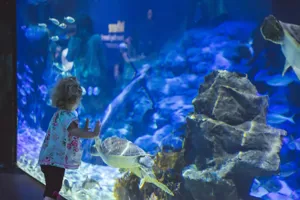
What Makes a Turtle a Turtle?
Turtles are some of the coolest reptiles on the planet—and they’re super easy to spot thanks to their awesome built-in armour! Every turtle has a special shell that acts like a shield, protecting them from danger.
Turtles also breathe air, just like us, even if they live in the sea. That means they have to swim up to the surface to take a breath. Instead of teeth, turtles have strong beaks to munch on their food, and they grow up in stages, starting as tiny eggs, then hatching into baby turtles (called hatchlings), and growing into adults who can live for decades!
Some of the species in our care
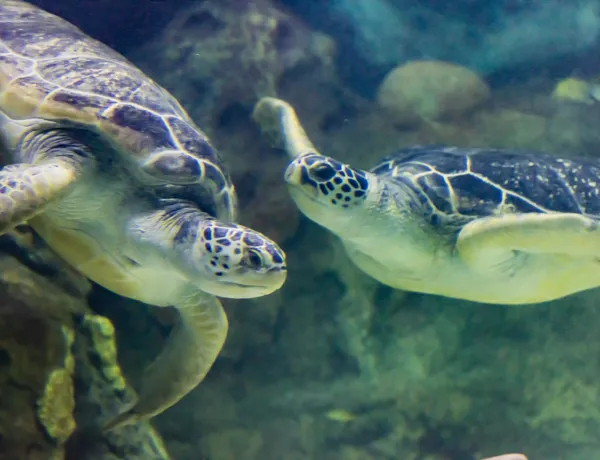
Green Sea Turtle
Green sea turtles are named for the green fat beneath their shells, not their outward colour. They can hold their breath for up to five hours when resting underwater.
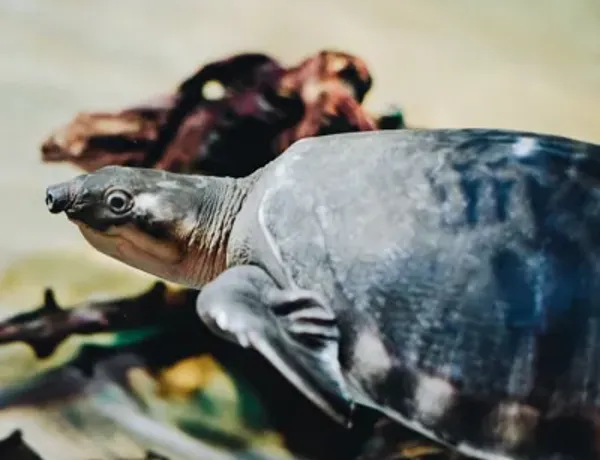
Pig-nosed Turtle
The pig-nosed turtle has flipper-like limbs and a distinctive snout that resembles a pig’s nose. It’s the only freshwater turtle with such marine-like features, found in northern Australia and New Guinea.
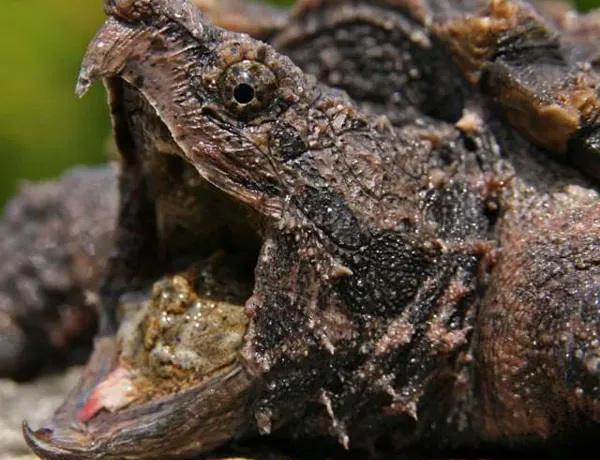
Snapping Turtle
Snapping turtles have powerful jaws and long necks that can strike quickly when threatened. They prefer slow-moving freshwater habitats and can live for over 30 years in the wild.
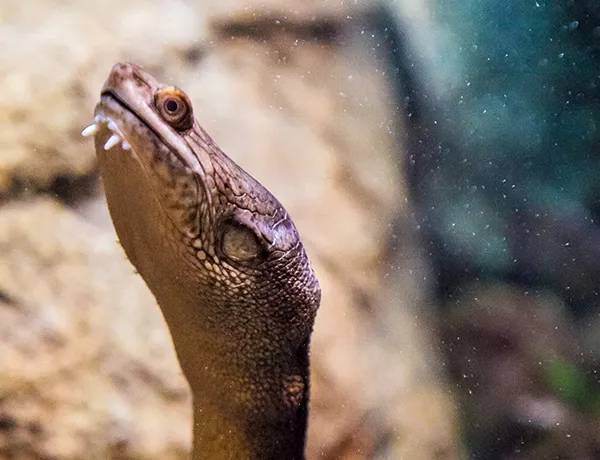
Long-necked Turtle
The long-necked turtle, also known as the snake-necked turtle, has a neck that can be as long as its shell. Found in Australia, it uses its neck to swiftly strike at prey in the water.
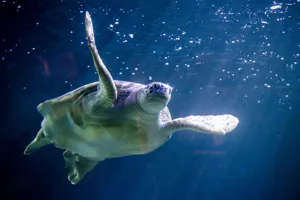
Where do Turtles Live?
Turtles are world travelers! Sea turtles live in warm oceans and love cruising through coral reefs, seagrass meadows, and the deep blue sea. But when it’s time to lay eggs, they head back to sandy beaches where they were born—talk about knowing your roots! From the open ocean to the shore, turtles call lots of watery places home.
Turtle-y cool turtle facts
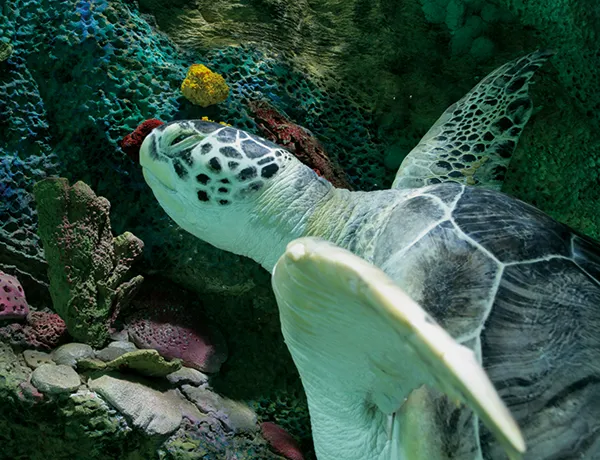
Let's Shell-ebrate!
Sea turtles have shells made up of 60 different bones. Wow!
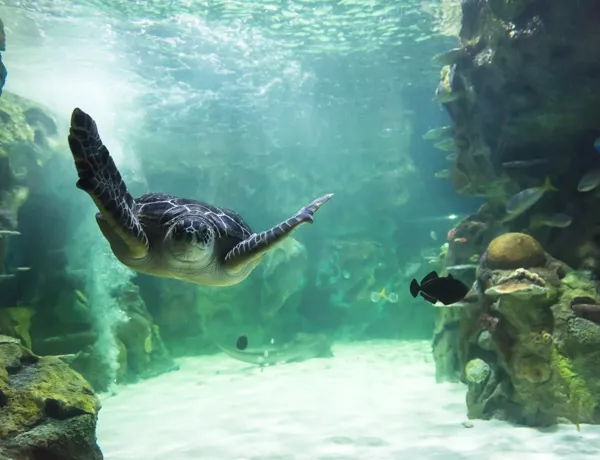
Built-in GPS!
Sea turtles can travel thousands of miles—and still find their way back to the beach where they were born to lay eggs. It's like they have a secret map in their heads!
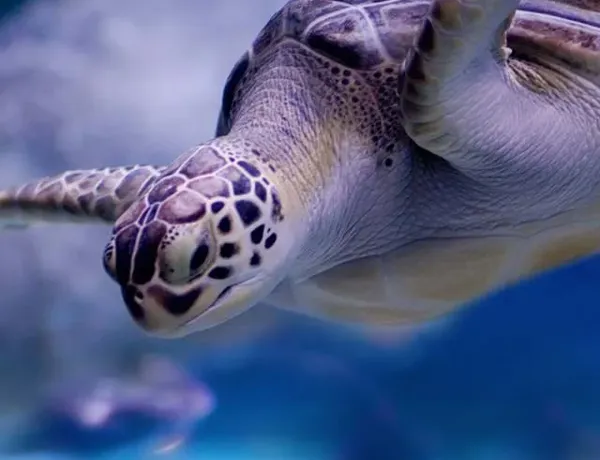
Baby time!
Brrrr! More boy turtles hatch in cold water and more girls hatch in warmer water.
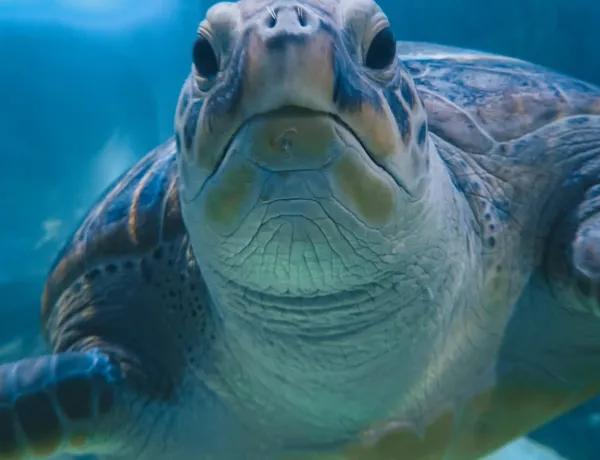
No Teeth, No Problem!
Turtles don’t have teeth—they use strong, beak-like mouths to crush, bite, or nibble their food.
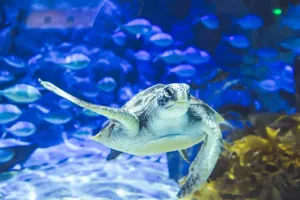
Why Do Turtles Need Our Help?
Even with their tough shells, turtles face a lot of threats. They often get caught in fishing gear by accident, and their nesting beaches are being taken over by buildings and tourists. Some are still hunted for their shells, meat, or eggs, and plastic pollution is a huge issue—turtles can mistake plastic for food. Climate change is also messing with their nesting, even changing the sex of hatchlings. That’s why conservation work is so important to keep these awesome animals around for the future!
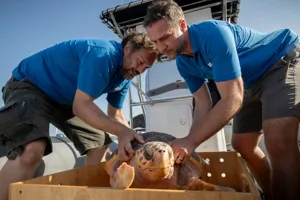
Turtle Rescue & Conservation
Dive into the world of turtle conservation and find out about the work that SEA LIFE do in the wild to support these creatures
Find out more
Fallen in love with Turtles and want to keep exploring? At SEA LIFE, you’ll get up close to so many different species of turtles in their underwater homes.
Find your local SEA LIFE centre today